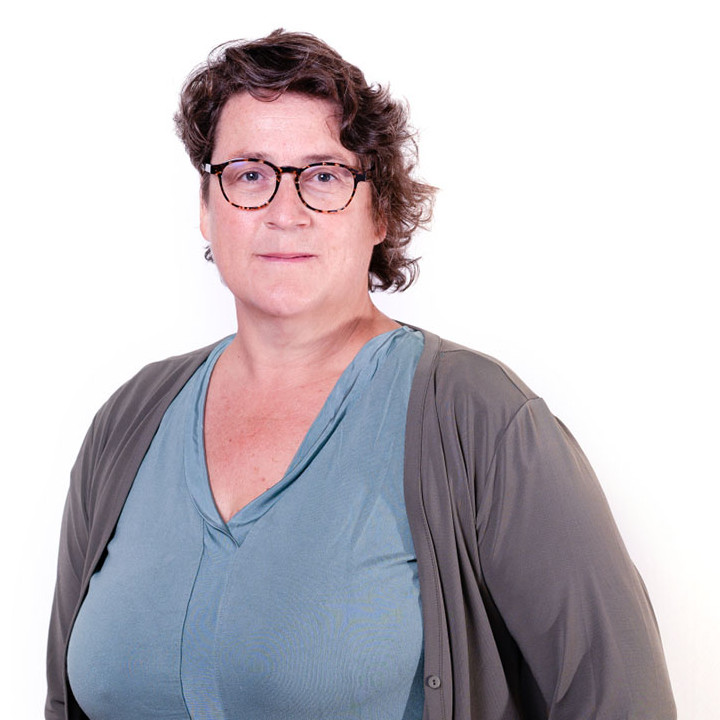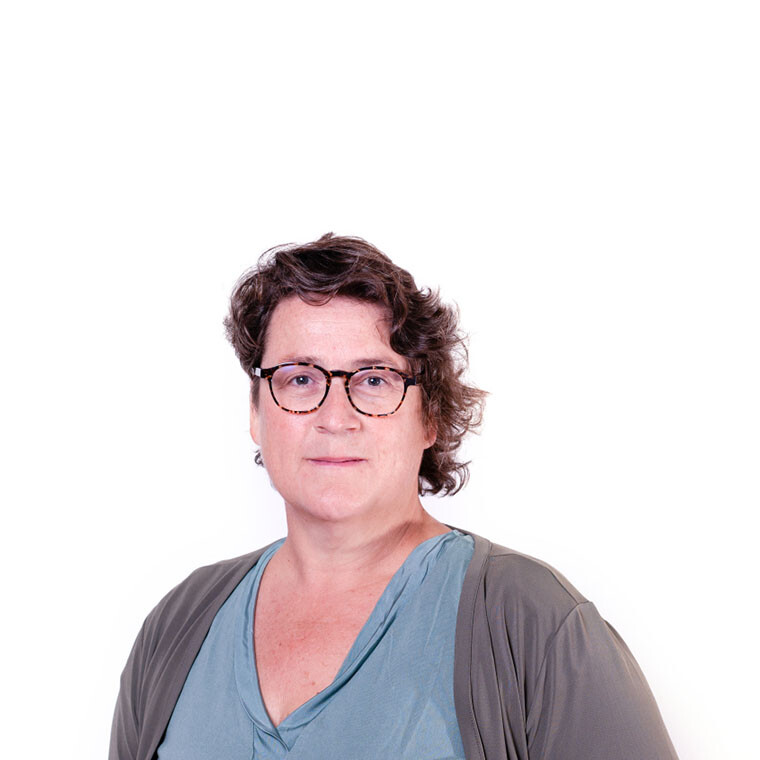Histiocytic disorders are characterized by a poorly understood pathological process involving neoplastic, myeloid lineage-derived cells. These neoplastic cells accumulate in one or more organ systems, where they induce inflammation and excessive tissue damage1. Apart from studying their aberrant genetic make-up2,3 and phenotype4,5,, my team also investigates the molecular mechanisms driving tissue distribution of mutated cells4. We are specifically focused on understanding how lymphoid cells and non-hematopoietic stromal cells contribute to neoplastic cell survival, end stage differentiation and LCH lesion formation1 as this may reveal new immunotherapeutic targets.
Somatic mutations expressed by pathological histiocytes are restricted to the MAPK signaling pathway. Some mutations are recurrent, others are rather unique5. One of the research questions that we address in a multicenter study3 is how recurrent mutations affect disease outcome. These driver mutations can also be used to trace the ‘cell-of-origin’ in the patient’s bone marrow and to identify its offspring cells in the blood4. We are part of a biology study group, recently established by the European Consortium for Histiocytosis, that investigates the association of circulating somatic mutation-bearing cells with clinical presentation, disease progression, relapse rates and late effects.
In case the cell-of-origin is a self-renewing hematopoietic stem cell which acquires, by accident, additional mutations later in life, this may increase the patient’s risk of developing a secondary hematological malignancy. To investigate this hypothetical scenario, we have set up a collaboration with several national data registries. The goal of this project is to generate an anonymized, unbiased and nationwide dataset including data on the biopsies of all patients in The Netherlands with a histiocytic disease history6. These data will be used to address basic epidemiological questions and to calculate the incidence of secondary hematological malignancies.
Informative publications:
1 Allen CE, Beverley PCL, Collin M, Diamond EL, Egeler RM, Ginhoux F, Glass C, Minkov M, Rollins BJ, van Halteren A. The coming of age of Langerhans Cell Histiocytosis. Nat Immunol 2020; 21: 1-7;2 Nelson DS, Quispel W, Badalian-Very G, van Halteren AG, van den Bos C, Bovée JV, Tian SY, Van Hummelen P, Ducar M, MacConaill LE, Egeler RM, Rollins Somatic activating ARAF mutations in Langerhans cell histiocytosis. Blood 2014;123: 3152-3155;
3 Kemps PG, Zondag TC, Steenwijk EC, Andriessen Q, Borst J, Vloemans S, Roelen DL, Voortman LM, Verdijk RM, van Noesel CJM, Cleven AHG, Hawkins C, Lang V, de Ru AH, Janssen GMD, Haasnoot GS, KLMC Franken, Ronald van Eijk R, Solleveld-Westerink N, van Wezel T, Egeler RM, Beishuizen A, van Laar JAM, Abla O, van den Bos C, van Veelen PA, van Halteren AGS. Apparent lack of BRAFV600E derived HLA class I presented neoantigens hampers neoplastic cell targeting by CD8+ T cells in Langerhans Cell Histiocytosis. Front Immunol 2020;10:3045 doi: 10.3389/fimmu.2019.03045;
4 van Halteren AGS, Xiao Y, Lei X, Borst J, Steenwijk E, de Wit T, Grabowska J, Voogd R, Kemps P, Picarsic J, van den Bos C, Borst J. Bone marrow-derived myeloid progenitors as driver mutation carriers in high- and low-risk Langerhans cell histiocytosis. Blood 2020; 136: 2188-2199.;
5 Quispel WT, Stegehuis-Kamp JA, Blijleven L, Santos SJ, Lourda M, van den Bos C, van Halteren AG, Egeler RM. The presence of CXCR4+ CD1a+ cells at onset of Langerhans cell histiocytosis is associated with a less favorable outcome. Oncoimmunology 2015; 5: e1084463;
6 Kemps PG, Hebeda KM, Pals ST, Verdijk RM, Lam KH, Bruggink AH, de Lil HS, Ruiterkamp B, de Heer K, van Laar JAM, Valk PJM, Mutsaers P, Levin M-D, Hogendoorn PCM, van Halteren AGS. Spectrum of histiocytic neoplasms associated with diverse heamatological malignancies bearing the same oncogenic mutation. J Patholol Clin Res 2021; 7:10-26.



